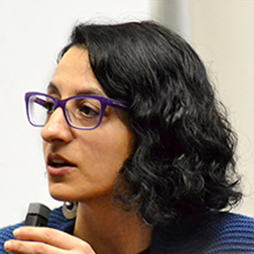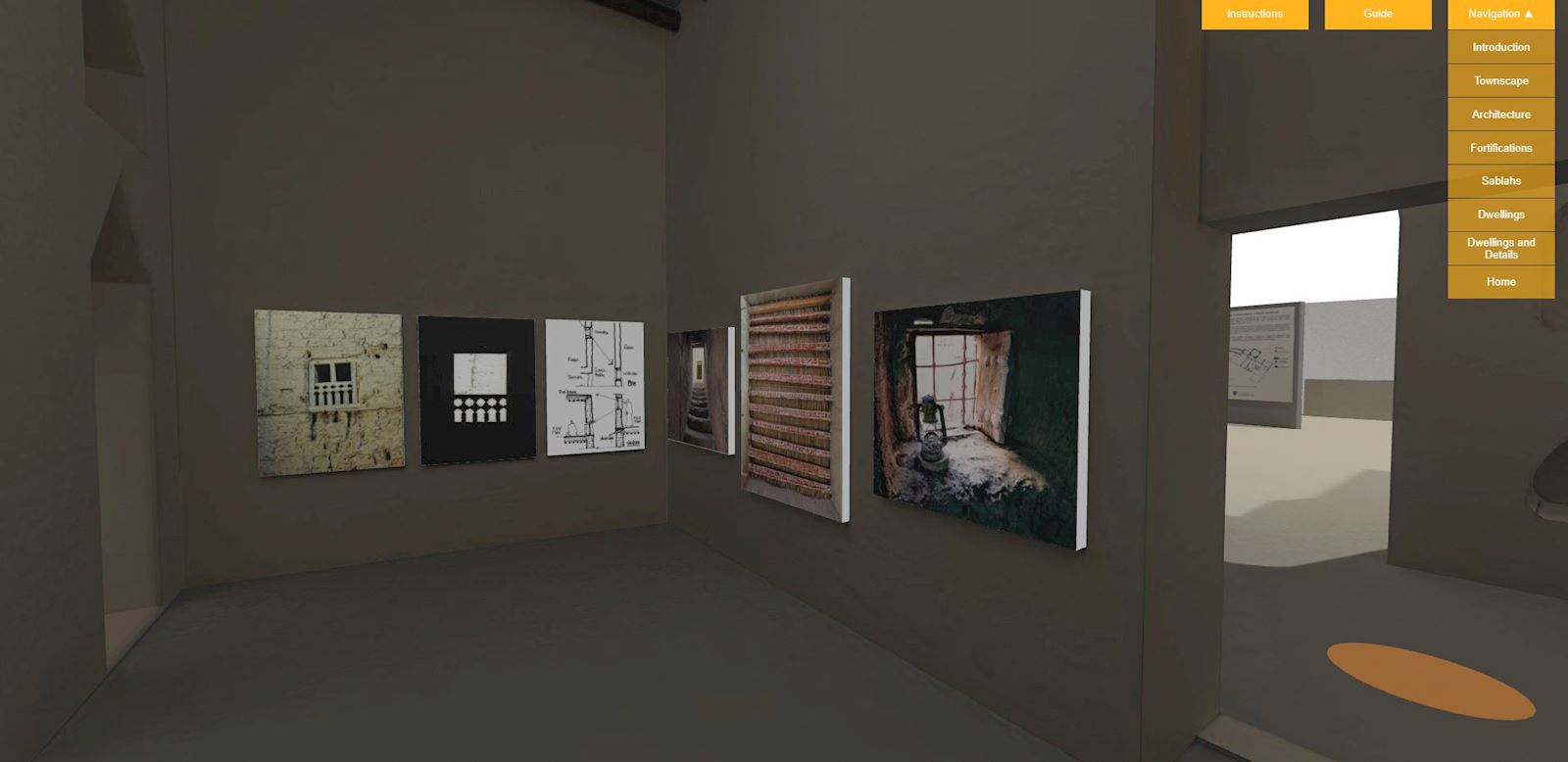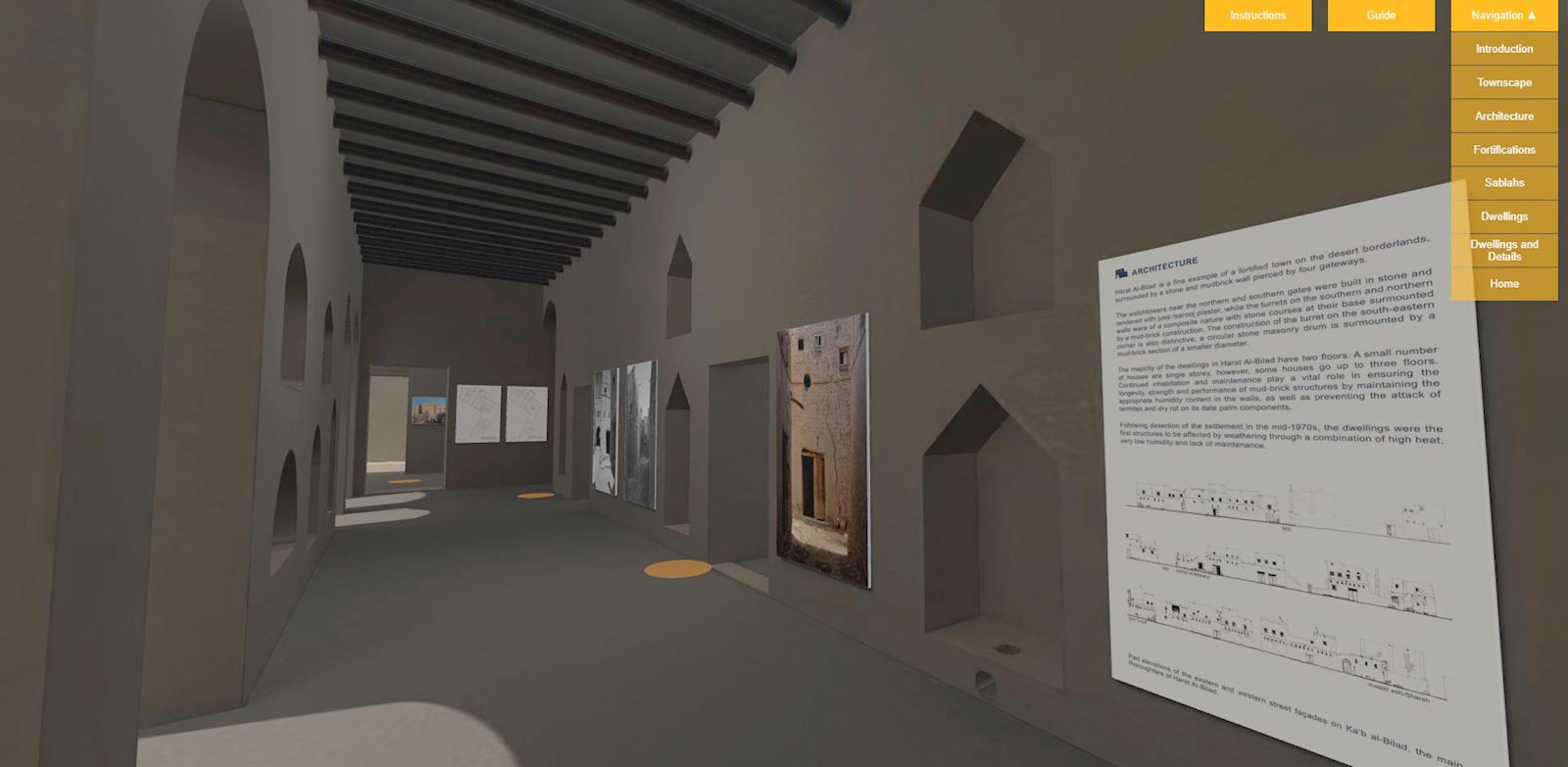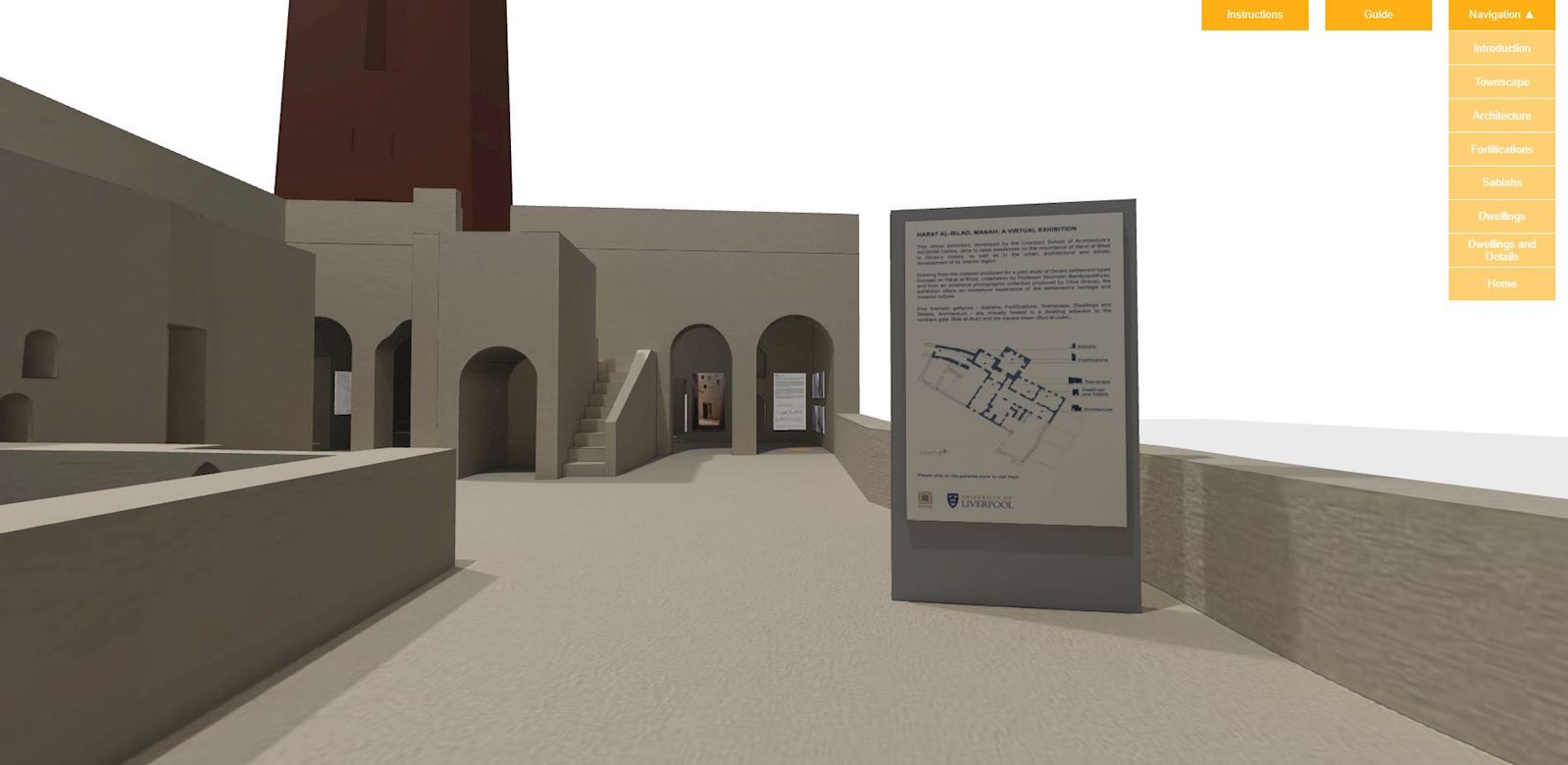.png)
We are pleased to invite you to this upcoming event at the British Omani Society. Harat al-Bilad, Manah: Architecture and Social History of an Omani Oasis Settlement, lecture by Soumyen Bandyopadhyay, Giamila Quattrone, and Claudia Briguglio.
“‘Is this Arabia’, we said; ‘this the country we have looked on heretofore as a desert?’”, JR Wellsted had exclaimed in sheer delight during the maiden European voyage into the interior of Oman as he approached the extraordinary greenery of Manah oasis in December 1835.
The oasis lies southeast of the historic town of Nizwa, north of His Majesty’s palace at Izz. The main settlement, Harat al-Bilad at the heart of the oasis, partially restored by the Ministry of Heritage and Tourism, had remained uninhabited for decades after its residents moved to the modern town. From the early-1990s Prof Soumyen Bandyopadhyay has researched historic oasis settlements in Oman beginning with Manah, which resulted in his 2011 book, Manah: An Omani Oasis, an Arabian Legacy Architecture and Social History of an Omani Settlement. The talk will highlight the architectural, historic, socio-political and cultural significances of this important Omani oasis and its main quarter, Harat al-Bilad.
Following the talk, Dr Giamila Quattrone and Claudia Briguglio will present, demonstrate and engage the audience in Harat al-Bilad, Manah, Virtual Exhibition, a research-informed digital resource developed by the Liverpool School of Architecture’s ArCHIAM Centre with the aim to raise awareness on the importance of Harat al-Bilad in Oman’s history, urban, architectural and artistic development, as well as to meaningfully inform both on-site and remote experience of the settlement.

Soumyen Bandyopadhyay
Soumyen Bandyopadhyay is the Sir James Stirling Chair in Architecture, the University Heritage Theme Lead and former Head of the Liverpool School of Architecture. Soumyen directs the research centre ArCHIAM (Architecture and Cultural Heritage in India, Arabia and the Maghreb), an interdisciplinary forum with research and implementation projects in Oman, Qatar, Morocco and India. His teaching and research interests are focused on the historical, theoretical and contextual approaches to architectural design and the architecture and settlements of India and the Middle East.
Soumyen has extensive experience of architectural practice in India and the Middle East and has undertaken advisory and consultancy work in urban development, heritage management and reuse of several Omani oasis settlements. In addition to his published works in journals, he is the author of monographs and edited volumes, including, Site and Composition (Routledge, 2016) and Manah: Omani Oasis, Arabian Legacy (Liverpool University Press, 2011), The Territories of Identity (Routledge, 2013) and The Humanities in Architectural Design (Routledge 2007). He is currently working on a monograph on Muscat, entitled, Cosmopolitan Muscat: Omani Architecture of a Globalising Port City.

Giamila Quattrone
Giamila Quattrone is Lecturer in Architecture at the University of Liverpool, where she teaches architectural technology, design, and heritage management and sustainable development. She is the Digital Heritage Sub-Theme for the Humanities and Social Sciences Faculty, and the School of the Arts Impact Lead. Giamila is also Project Coordinator of the research centre ArCHIAM (Architecture and Cultural Heritage in India, Arabia and the Maghreb), in which she leads and co-leads cultural heritage projects ranging from heritage research and documentation to sustainable development of heritage sites, from digitization of archival collections to development of open-access pedagogic material, as well as community outreach, public engagement and capacity building initiatives.
Giamila's research interests revolve around three main areas: Arabian and North African vernacular architecture, with a focus on traditional oasis settlements in Oman, Tunisia and Morocco and their changing settlement, dwelling and building patterns in the face of globalisation, sustainable heritage management and adaptive reuse, and creative re-cycling of waste lands, buildings and materials. She has co-authored 13 documentation and heritage management plans for traditional oasis settlements in Oman, and is currently working on a journal article on The Traditional Liwan-Type House of the Sinaw Oasis, Oman.
.jpg)
Claudia Briguglio
Claudia Briguglio is Research Assistant at the University of Liverpool, where she is part of the research centre ArCHIAM (Architecture and Cultural Heritage in India, Arabia and the Maghreb) and supports the teaching of architectural technology, design, and heritage management and sustainable development. In ArCHIAM, Claudia leads practice-based projects for the adaptive reuse of traditional buildings in Oman, co-leads the design and curation of research exhibitions, and contributes to field and digital documentation of traditional settlements in Oman, Morocco and India. Claudia is interested in architecture, cultural heritage and informal coastal urbanism around the Indian Ocean. She is currently doing a part-time PhD, ‘Investigating Omani vernacular settings towards ecological urbanism’.
Claudia has contributed to the following publications: Documentation and Heritage Management and Development Plan. Salalah Al-Wusta and Gharbiya, Dhofar Governorate. Muscat: Ministry of Heritage and Culture, Oman (2016); Documentation and Heritage Management and Development Plan. Mirbat, Dhofar Governorate. Muscat: Ministry of Heritage and Culture, Oman (2016); Documentation and Tourism Development Master Plan. Misfat Al-‘Abriyeen, Al-Hamra, Dakhiliyah Governorate. Muscat: Ministry of Tourism, Oman (2015).
Date: 12th October 2022
Time: 5:30pm reception for 6:00pm lecture starts (UK)
Location: 34 Sackville St, London


